Modeling susceptibility to drug-induced long QT with a panel of subject-specific induced pluripotent stem cells
- PMID: 28134617
- PMCID: PMC5279943
- DOI: 10.7554/eLife.19406
Modeling susceptibility to drug-induced long QT with a panel of subject-specific induced pluripotent stem cells
Abstract
A large number of drugs can induce prolongation of cardiac repolarization and life-threatening cardiac arrhythmias. The prediction of this side effect is however challenging as it usually develops in some genetically predisposed individuals with normal cardiac repolarization at baseline. Here, we describe a platform based on a genetically diverse panel of induced pluripotent stem cells (iPSCs) that reproduces susceptibility to develop a cardiotoxic drug response. We generated iPSC-derived cardiomyocytes from patients presenting in vivo with extremely low or high changes in cardiac repolarization in response to a pharmacological challenge with sotalol. In vitro, the responses to sotalol were highly variable but strongly correlated to the inter-individual differences observed in vivo. Transcriptomic profiling identified dysregulation of genes (DLG2, KCNE4, PTRF, HTR2C, CAMKV) involved in downstream regulation of cardiac repolarization machinery as underlying high sensitivity to sotalol. Our findings offer novel insights for the development of iPSC-based screening assays for testing individual drug reactions.
Trial registration: ClinicalTrials.gov NCT01338441.
Keywords: arrhythmia; cardiotoxicity; human; human biology; induced pluripotent stem cells; medicine.
Conflict of interest statement
SR: Current or former employee of the Cellectis Company. MW: Current or former employee of the Cellectis Company. YV: Current or former employee of the Cellectis Company. CD: Current or former employee of the Cellectis Company. The other authors declare that no competing interests exist.
Figures
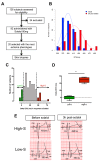

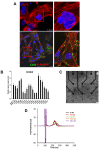



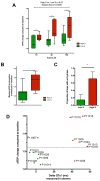
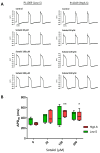

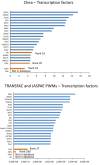

Comment in
-
Put to the test.Elife. 2017 Jan 30;6:e24276. doi: 10.7554/eLife.24276. Elife. 2017. PMID: 28134615 Free PMC article.
References
Publication types
MeSH terms
Substances
Associated data
Grants and funding
LinkOut - more resources
Full Text Sources
Other Literature Sources
Medical

